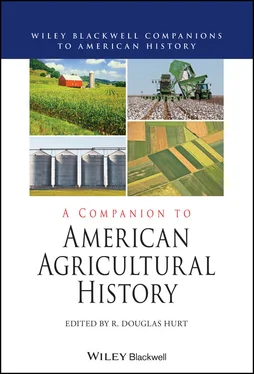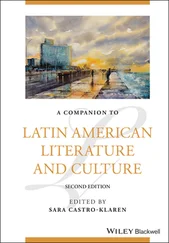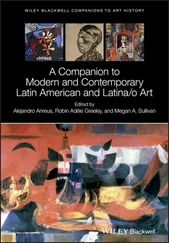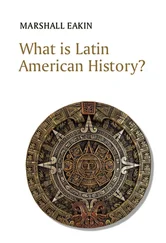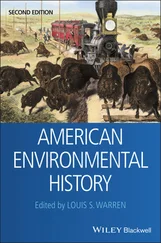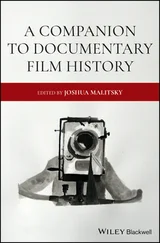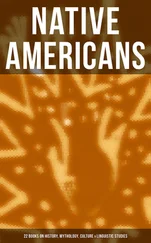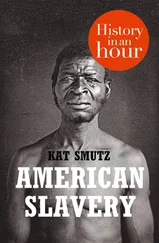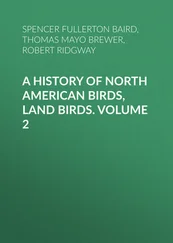In this version of the outer commons, animals became not just the means of expanding empires, but the carriers of imperial vision. As Greer says, colonizers claimed land through claiming livestock, even when they may not have been able to prove the animal was theirs. These land claims on the hoof demonstrate both the colonizer’s willful blindness towards indigenous homes and agricultural practices, as well as how their visionary claims imagined indigenous lands as their future commonwealth (Greer 2012; Preston 2012).
This zone of conflict, what Greer calls the “colonial commons,” was agriculture’s contribution to the creation of borders. Conflicts over livestock and resource-use inscribed a line that both colonizers and Indigenous Peoples could recognize, though that line signified something different for both parties. These borders always existed in European commons, but with colonization they took on new meanings. Groups in the borderland understood the line between inner and outer commons as the line between “us” and “them.” Colonizers enclosed their inner commons as a kind of embryonic national space, where their people and their customs presided. Racial and cultural identities, as opposed to localities, became new social markers regulating taking and sharing. Whereas before in Europe, both inner and outer commons had been relatively homogenous in terms of culture and race, now the outer commons was a place of potentially radical heterogeneity. In this abstract plain of commons claim-making, both inner and outer commons were in the minds of the colonists the colonial commons (Cronon 1983; Rusert 2015).
Colonial groups continued to mark the boundaries of their inner commons through both privatized and collective resource-use practices (Greer 2012). Most, but not all, habitants in New France lived along the St. Lawrence or one of its tributaries on a long-lot: a long, narrow strip of land, with one end on the water and the other end abutting up against a common. They used this “backyard” common for pasture, manure, and gathering, but this arrangement, different from the feudal manor or village, may have encouraged the transition to a “self-contained family farmstead” faster than in New England (Renton 1909; Dawson 1940; Lewis 1940; Greer 1993, 2012; Choquette 1997. “Norman law, particularly perhaps Norman land law, was based on concepts that were common to Latin Christendom—especially those parts of it that had once been part of the Carolingian empire” (Hagger 2010)). Nevertheless, common field agriculture continued in some New French settlements into the nineteenth-century, and these communities often utilized a village structure rather than a long lot. After the Revolution, the US Congress affirmed the long-standing commons in the villages of Cahokia, Vincennes, Cohos, and Prairie du Pont, in the Illinois country. Cahokia continued to use its common as late as the Civil War (McDermott 1949).
The Spanish colonized North America with a distinctive tradition of the commons already in place. Townsmen received grants of land for their individual use, as well as access to an extensive civic commons, the ejido , which extended far out into the countryside around the town. These Spanish outer commons were owned by the village or town and were regulated by explicit legislation that required they be extensive enough to support the livestock of the town’s settlers. This more formal and municipal approach to the outer commons thus carried with it the implicit approbation of colonial governmental apparatus (Greer 2012). Outside of the town, well-connected soldiers, governmental officials, and Franciscan missionaries received grants of indigenous homelands with the people who lived in them, in a legal vehicle known as the encomienda . The linked and complementary aims of these grants was profit and the saving of souls (Douglass and Graves 2017). The results of these approaches to colonization did not mean that the Spanish outer commons were less invasive or destructive to indigenous homes and livelihoods, for it made colonial property of both land and its inhabitants. But it did mean that the division between inner and outer commons did not carry the same exclusive and racialized qualities as with either the English or French outer commons. The implications of this for Indigenous Peoples was significant, and may account for the maintenance and longevity of agricultural traditions in indigenous communities colonized by the Spanish. As Phillip O. Leckman shows, while there was a profound disjuncture between Puebloan and Spanish understandings of land-use in New Mexico, communal space, and agriculture, there was enough similarity to allow Puebloan people to continue many of their traditional agricultural practices (Leckman 2017).
In New England and New York, intercommoning and folding continued up until the time of the Revolution, and in some places as late as the 1840s. The degree to which New English settlements utilized commons and freeholds correlated with the places and land tenure systems from which settlers had migrated (Cronon 1983). Sometimes local governments used commons to promote the economic welfare of the community. Massachusetts Bay Colony passed an ordinance that allowed farmers to pasture their sheep on any town commons to promote wool production (V.D. Anderson 2004). Regulated fishery commons were ubiquitous. The Town of Plymouth regulated alewives’ spawning over many decades so that “eich man” would have the herrings “due to them.” In Delaware a legislator argued that fish were God’s providence “for general use.” In 1675, New York’s governor forbade people “to cast dung, dirt or refuse of ye city, or anything to fill up ye harbor or among ye neighbors or neighboring shores, under penalty of forty shillings.” Plymouth colony did the same. Historical records suggest that the earliest official forest common was established in 1817, when James Madison set aside forests that “produce the live oak and red cedar,” in order to ensure an adequate supply of timber for the US navy (Town of Plymouth 1637 in Neimark and Mott 2017; Grettler 1992/1993 cited in Maddison 2010; Edmund Andros (1675) Quoted in Marine Protection, Research, and Sanctuaries Act , 1972, United States Statutes at Large, Vol. 86 (1973) P4236 , n.d. in Sanger n.d.; Pollution in Plymouth Colony Harbor the Compact with the Charter and Laws of the Colony of New Plymouth: Together with the Charter of the Council at Plymouth 1668; US Congress, Fourteenth Congress 1817 all in Neimark and Mott 2017). Nevertheless, unauthorized extractions from the outer forest commons certainly predated and continued after this official act.
While inner commons practices continued and evolved, settlers discovered new ways to extract resources from the colonial outer commons ( Albany Argus n.d.; Godwise 1841; Allen 1981; Donahue 2004; Greer 2012). Ohio hog farmers drove their herds through a “hog commons” to Cincinnati’s slaughter houses through the early decades of the nineteenth century. Cattle ranchers on the open range allowed the mixing of herds on common pasturage which were separated at roundup time—a calf standing by a branded mother identified its owner. After the Civil War, cattle were driven, and fattened on the way, from Texas across “open range” to rail headings along the Union Pacific and then shipped to Chicago, Kansas City, Omaha, and elsewhere. Ginseng foragers developed a “gathering commons” in the Appalachian highlands of Georgia and the Carolinas. Highland dwellers of the Southern Appalachians enhanced their diets with abundant chestnuts, and eventually developed a lucrative trade with urban centers, until a blight wiped them out. And Nuevo Mexicanos established and sustained “land-grant commons” before and after the establishment of the United States (Lutts 2004; Greer 2012; Manget 2012; Newfont 2012; Zallen 2014; see also Newfont 2012).
Читать дальше
